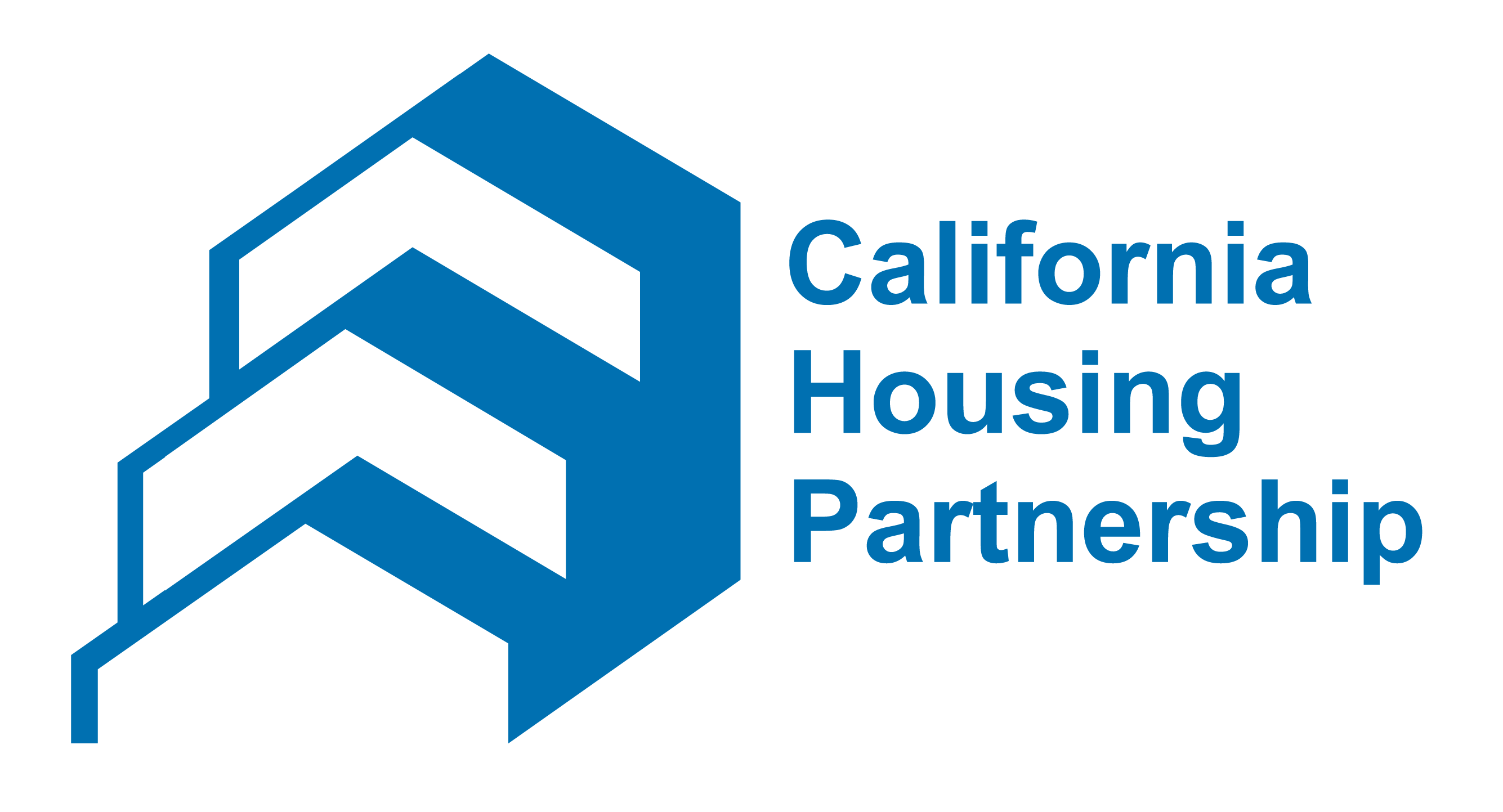California has been grappling with two significant crises: homelessness and extreme weather events, including drought and wildfires. To address these interrelated crises, new climate policies need to prioritize housing justice as a moral and societal imperative.
Thoughtful policies and increased funding can bridge gaps between environmental policies and affordable housing, and counteract the inequities inflicted upon Black and Brown people by historic racism in America’s housing planning and finance systems.
The 2021 state budget and the newly-released climate resilience budget update are a start in addressing those gaps. Still, more will be needed for state leaders to truly be stewards of an equitable path forward to climate resiliency.
California has a shortage of 1.2 million affordable rental homes within the reach of low-income families, as noted by the Roadmap Home 2030. The pandemic and climate crises have further exacerbated the need for sustainable, affordable housing as eviction moratoriums end. Despite the best efforts of state leaders, California now faces the largest population of individuals experiencing homelessness, with the number of unsheltered Californians increasing 54% in the past five years.
A disproportionate number of those experiencing homelessness, and also among those who qualify to live in affordable housing, are Black and Brown Californians. According to the California Housing Partnership’s Housing Needs Dashboard, renters of color face the highest rates of housing cost burden. Nearly two-thirds of Black renter households are cost burdened, the highest in the state, followed by 58% of mixed-race renter households and 55% of Latinx renter households.
Housing production and preservation thus remain critical to climate equity, and funding electrification of new and existing affordable multifamily housing is a crucial and equitable resiliency strategy. Both energy efficiency retrofitting and building electrification are proven housing preservation strategies that provide critical health and resiliency benefits to affordable housing residents, who face increasing energy and rent burdens.
The state’s newly proposed Senate Bill 170 will provide $15 million to the Low Income Weatherization Program to serve lower income residents living in CalEnviroScreen’s Disadvantaged Communities. This new budget allocation will help bring the benefits of weatherization, energy efficiency and electrification to nearly 3,750 units of the 17,000 multifamily affordable housing units currently on the program waitlist and help defray the additional costs of electrification. While this funding will help bring down the waitlist, more is needed to end it.
Through Assembly Bill 128, the budget has also committed to $75 million for the Building Initiative for Low-Emissions Development program over two years. Currently, the program funds new construction of low-income housing, however, this $75 million allocation expands the program to market-rate housing as well. This funding is essential to helping affordable housing providers electrify their new developments and ensuring that the transition away from fossil fuels is not another inequitable burden for low-income renters.
It is time for the Low Income Housing Tax Credit and Tax-Exempt Bond programs to encourage the transition to all-electric homes and eliminate the penalties that applications face in competitiveness when taking advantage of electrification incentives.
Beyond climate change benefits, several studies have pointed to the health benefits of replacing residential gas appliances where children living in homes with gas stoves have had higher risks of asthma. With gas rates poised to increase in coming years, hospitals and public health agencies must consider allocating funds toward electrification as a preventative medicine that mitigates families’ economic and indoor air pollution burdens.
The current budget makes positive strides in facilitating the electrification of affordable homes. However, a commitment to stable 10-year funding is needed to ensure that our state’s housing affordability efforts, climate goals and decarbonization policies can all work hand-in-hand during this transformational period.

